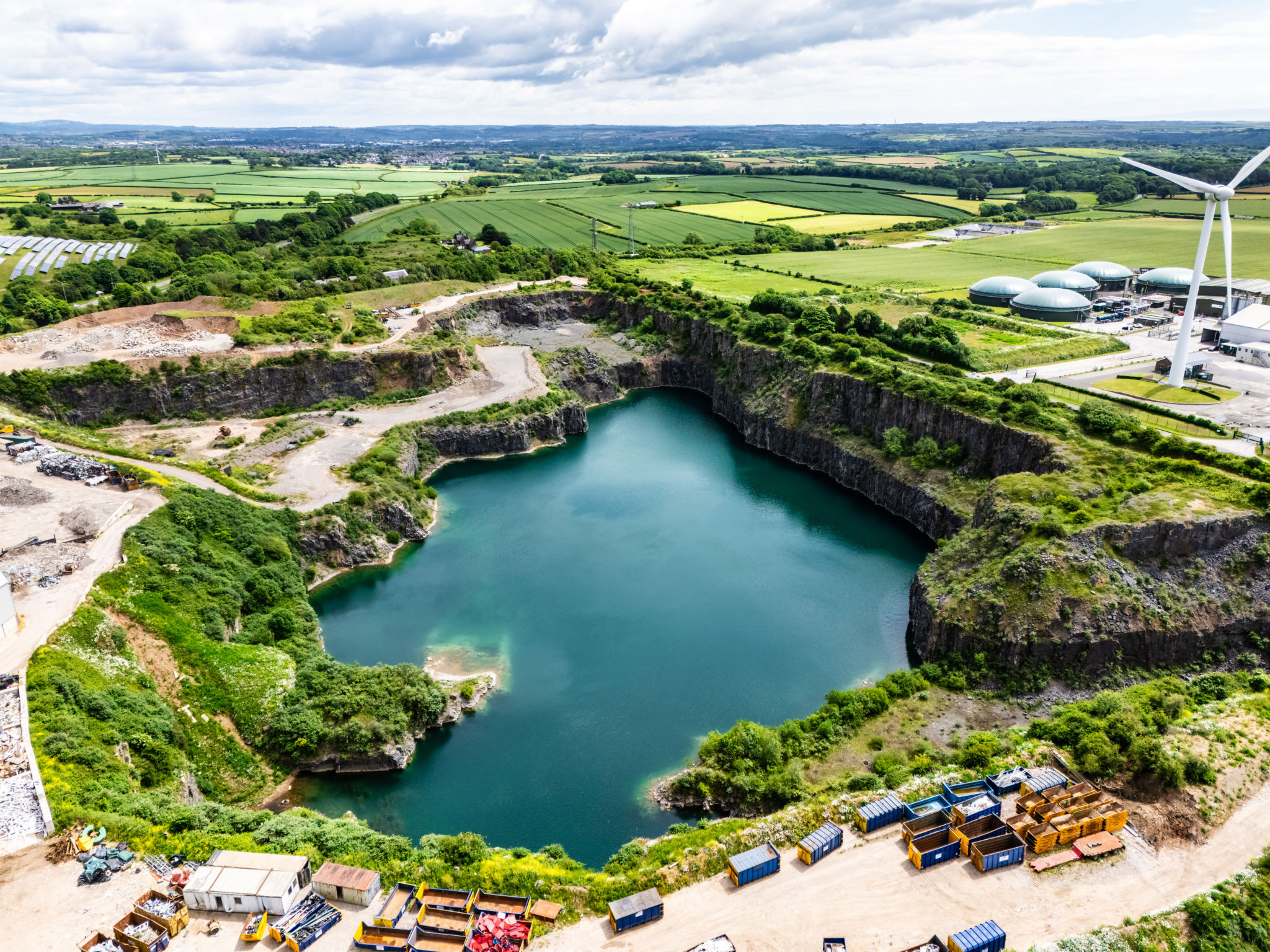Expert Insights: Financial Modeling and ROI Strategies in Bitcoin Mining
Understanding Financial Modeling in Bitcoin Mining
With the increasing popularity of Bitcoin, many investors are exploring opportunities within the realm of cryptocurrency mining. Financial modeling plays a crucial role in determining the viability and profitability of such ventures. By creating a detailed financial model, miners can forecast revenues, expenses, and ultimately, the return on investment (ROI).
Financial modeling involves constructing a framework to represent the financial performance of a mining operation. This includes evaluating factors such as electricity costs, hardware expenses, and the fluctuating price of Bitcoin. A well-constructed model allows potential investors and operators to make informed decisions based on projected cash flows and profitability.

Key Components of an Effective Financial Model
To create an effective financial model for Bitcoin mining, several key components must be considered. These include:
- Initial Setup Costs: This encompasses the purchase of mining hardware and related infrastructure.
- Operational Expenses: Regular costs such as electricity, cooling, maintenance, and labor.
- Revenue Projections: Based on mining difficulty, block rewards, and transaction fees.
- Market Analysis: Predicting Bitcoin's price trends and market conditions.
By analyzing these factors, miners can gain insights into potential profit margins and operational challenges. It's important to note that the volatile nature of cryptocurrency markets adds an element of risk that must be factored into any financial model.
Strategies to Optimize ROI in Bitcoin Mining
Maximizing ROI in Bitcoin mining demands strategic planning and efficient execution. Here are some strategies that can enhance profitability:
1. Energy Efficiency: Since electricity is a major cost in mining operations, using energy-efficient hardware and sourcing renewable energy can significantly reduce expenses.

2. Pool Mining: Joining a mining pool allows miners to combine resources and share rewards, increasing the likelihood of earning consistent returns.
3. Regular Hardware Upgrades: Staying updated with the latest mining technology can improve hash rates and efficiency, leading to higher output.
Navigating Challenges in Bitcoin Mining
While Bitcoin mining can be lucrative, it is not without its challenges. The rapid evolution of technology and market dynamics requires miners to remain adaptable and proactive. Key challenges include:
- Rising Difficulty Levels: As more miners join the network, the computational difficulty increases, impacting profitability.
- Regulatory Changes: Different regions have varying regulations that can affect mining operations.
- Market Volatility: Fluctuations in Bitcoin’s price can drastically impact revenue projections.

To navigate these challenges successfully, miners should continuously update their financial models, stay informed about industry trends, and diversify their investment portfolios.
The Future of Bitcoin Mining
The future of Bitcoin mining is both exciting and uncertain. As technology advances and market dynamics shift, miners who can adapt quickly will likely see greater success. Innovations such as green energy solutions and improved hardware efficiency are set to redefine the landscape of Bitcoin mining.
Moreover, as global interest in cryptocurrency continues to rise, more sophisticated financial tools and strategies will emerge to aid miners in maximizing their returns.
In conclusion, a robust financial model combined with strategic ROI optimization can position miners for sustained success in the ever-evolving world of Bitcoin mining.

